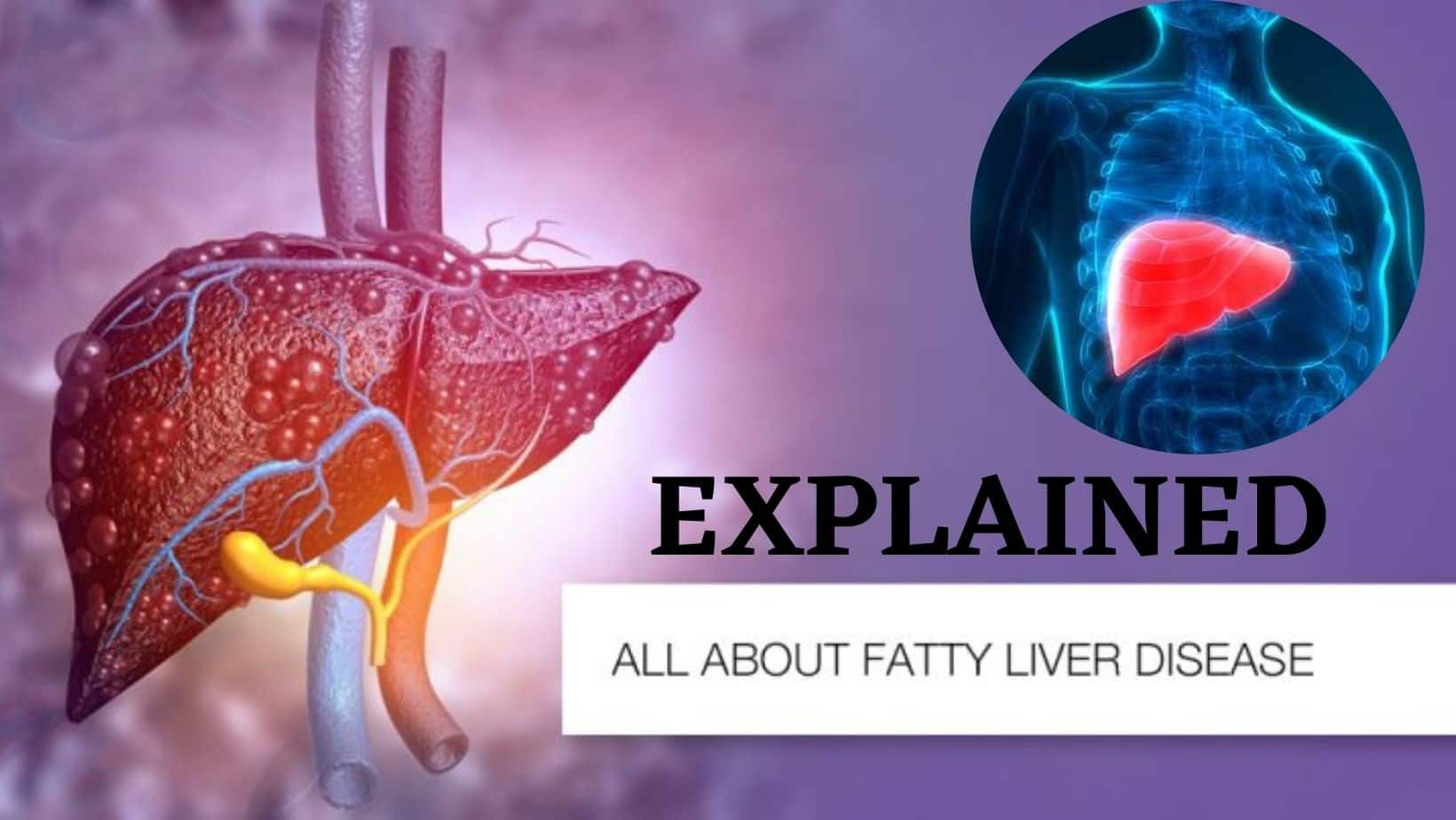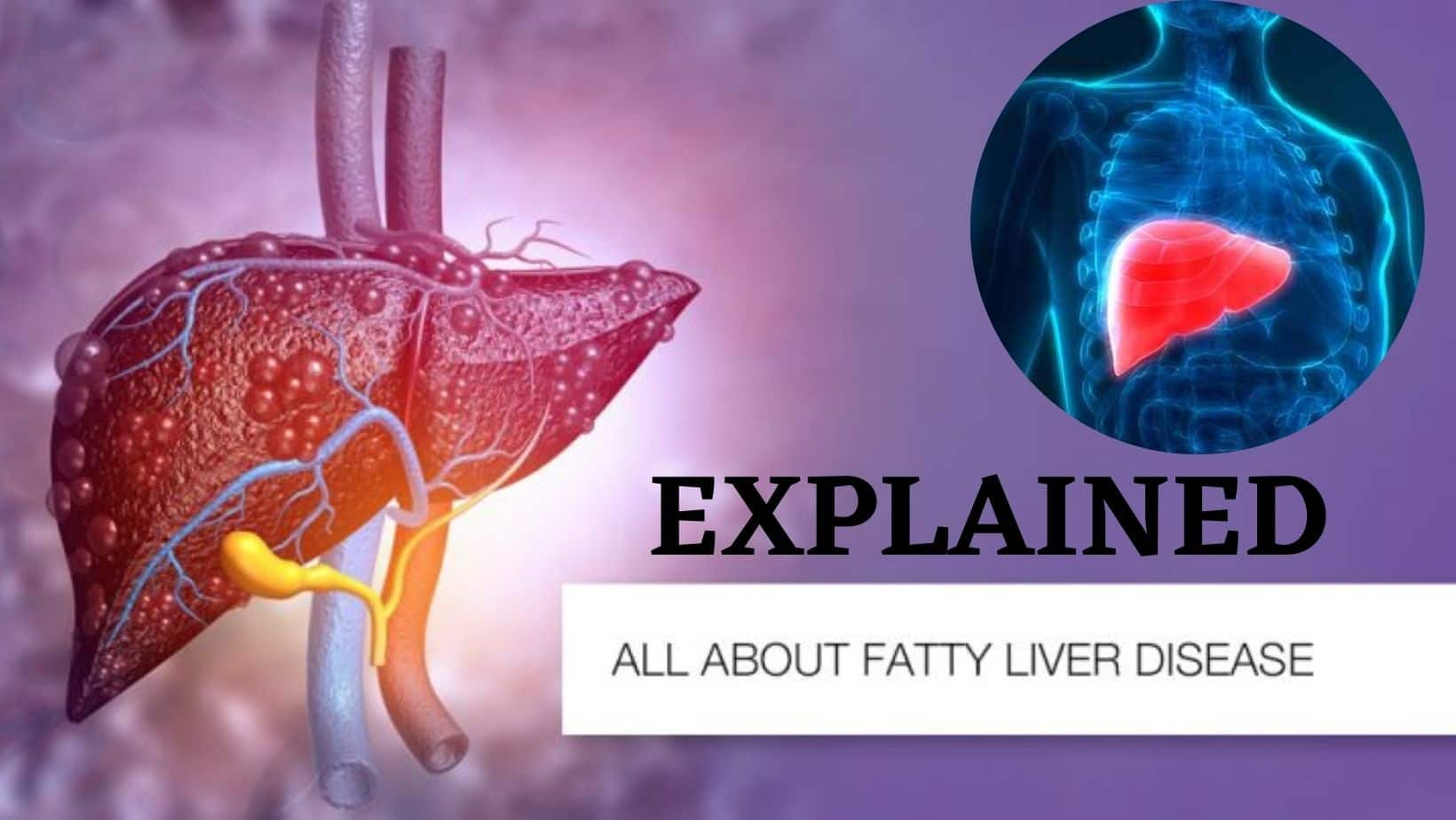What Are The Different Types of Fatty Liver Conditions?  We spoke to Dr Ankur Jain, Senior Consultant Gastroenterologist, Manipal Hospital, Gurugram, to understand more about this condition
We spoke to Dr Ankur Jain, Senior Consultant Gastroenterologist, Manipal Hospital, Gurugram, to understand more about this condition
Fatty liver disease or hepatic steatosis is a medical condition caused by excessive fat storage inside the liver. Although some liver fat is normal, it becomes a medical concern when it exceeds 5-10% of the liver’s weight. As a result, maintaining both liver and overall health is crucial. Fatty liver disease has become more common in recent years. Non-alcoholic fatty liver disease, in fact, is a major contributor to chronic liver disease worldwide. According to the National Health Portal of India, 9 to 32 percent of Indians suffer from liver ailments caused by non-alcoholic related fatty liver disease. TheHealthSite.com spoke to Dr Ankur Jain, Senior Consultant Gastroenterologist, Manipal Hospital, Gurugram, to understand more about this condition and what are the various types of fatty liver diseases that one should be aware of.
What Are The Different Types of Fatty Liver Conditions?
Fatty liver disease can be commonly characterized into two main types: Alcoholic and non-alcoholic fatty liver conditions. Among the two, alcoholic liver-related fatty liver is the most common condition which develops because of excessive alcohol consumption, this condition increases the risk of scarring or cirrhosis in the liver over time. Secondly, non-alcoholic liver disease is a condition that is caused due to overweight or obese or having diabetes, high cholesterol, or high triglycerides. Depending on the severity of the condition, non-alcoholic fatty liver disease (NAFLD) typically progresses through four stages:
- Simple fatty liver where the liver is not inflamed despite the fat build-up
- Liver inflammation alongside fat or non-alcoholic steatohepatitis (NASH)
- Scarring around the liver and surrounding blood vessels or fibrosis
- Cirrhosis or permanent liver scarring, damage, or failure due to persistent inflammation over time.
How To Identify The Causes of Fatty Liver
Alcoholic fatty liver disease is more common in people who drink a lot of alcohol or have been drinking for a long time. Excessive alcohol consumption impacts negatively the liver’s health and ability to function, causing inflammation and impairment. Non-alcoholic fatty liver disease, on the other hand, has no identifiable cause. However, there are some factors that can make the condition more likely to develop:
- Weight: Individuals who are obese or have excessive abdomen fat risk developing a fatty liver
- Age: Though fatty liver disease can impact varied age groups, individuals above the age of 50 are more likely to develop the disease.
- Pre-existing medical conditions: Certain medical conditions can trigger the development of a fatty liver. Specifically, individuals who suffer from metabolic conditions such as elevated bad cholesterol and blood pressure levels are relatively more prone to develop fatty liver conditions. Moreover, diabetic patients, particularly those suffering from type 2 diabetes are a vulnerable risk group. Medical conditions caused due to hormonal imbalances, such as polycystic ovary syndrome, underactive pituitary gland, and hypothyroidism or underactive thyroid levels can further raise risks.
Treatment Options Available
Although fatty liver is usually not a problem, it can lead to liver damage and scarring, or cirrhosis if symptoms worsen over time. One should take certain precautions to protect their liver health and reduce the risk of developing both alcoholic and non-alcoholic fatty liver disease. In most cases, implementing positive lifestyle changes can help reduce common risk factors. Here are certain ways that can help prevent fatty liver:
- Reduced alcohol consumption: Avoiding or limiting alcohol can prevent resulting damage to liver tissues, weakened liver health, and subsequent alcohol-related fatty liver disease.
- Diet and weight management: Eating a nutritious and balanced diet that includes whole grains, vegetables, and healthy fats can help avert obesity-related and other health risks. Individuals already diagnosed with fatty liver can reduce excess liver fat, fibrosis, and inflammation by lowering overall body fat. Accordingly, one can reverse the progressive worsening of liver health. Though, healthy weight reduction is advised as quick weight loss can worsen fatty liver disease.
- Increased physical activity: Regular exercise alongside, proper nutrition is equally important for the prevention and management of a non-alcoholic related fatty liver disease.
- Managing pre-existing medical conditions: It is important to manage other medical condition symptoms to prevent the likelihood of developing non-alcoholic fatty related liver disease. Typically, diabetic patients should monitor blood sugar levels. Mostly, a healthy diet, regular exercise alongside, appropriate medications can minimize associated fatty liver risks due to elevated cholesterol, blood pressure, and blood sugar levels alongside, hormone-related conditions.
Overall, simple but important lifestyle choices can help mitigate the risks of developing fatty liver disease.









